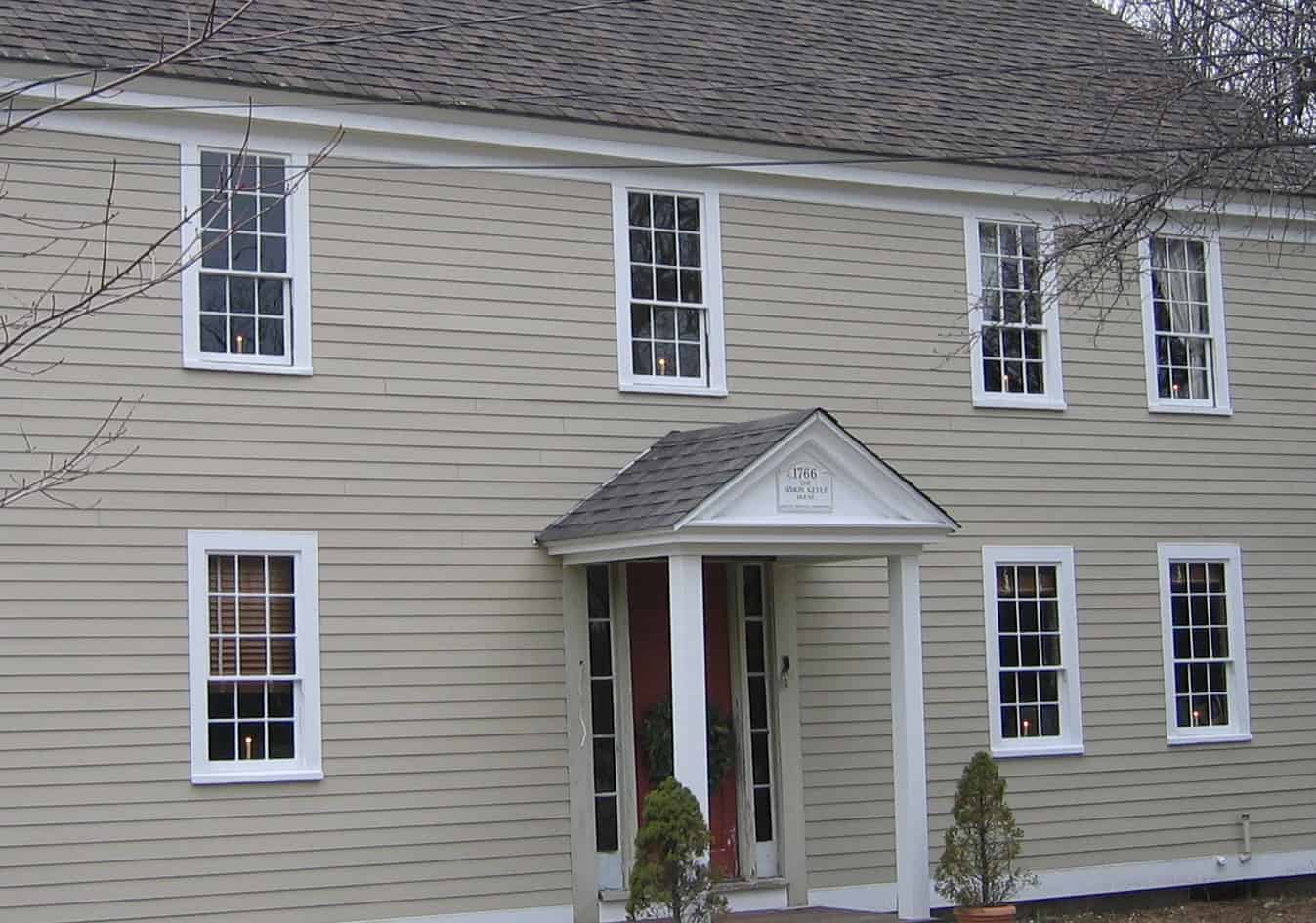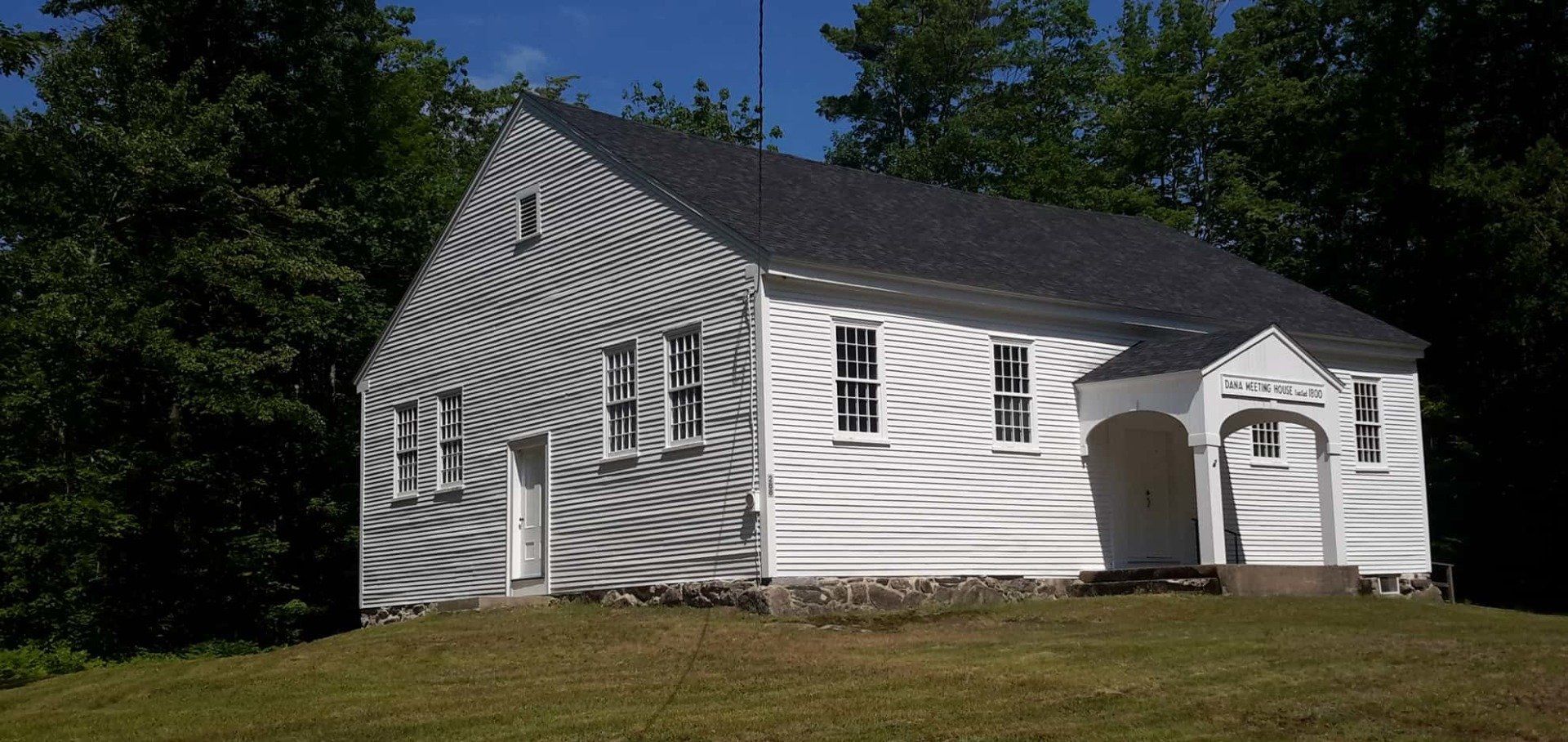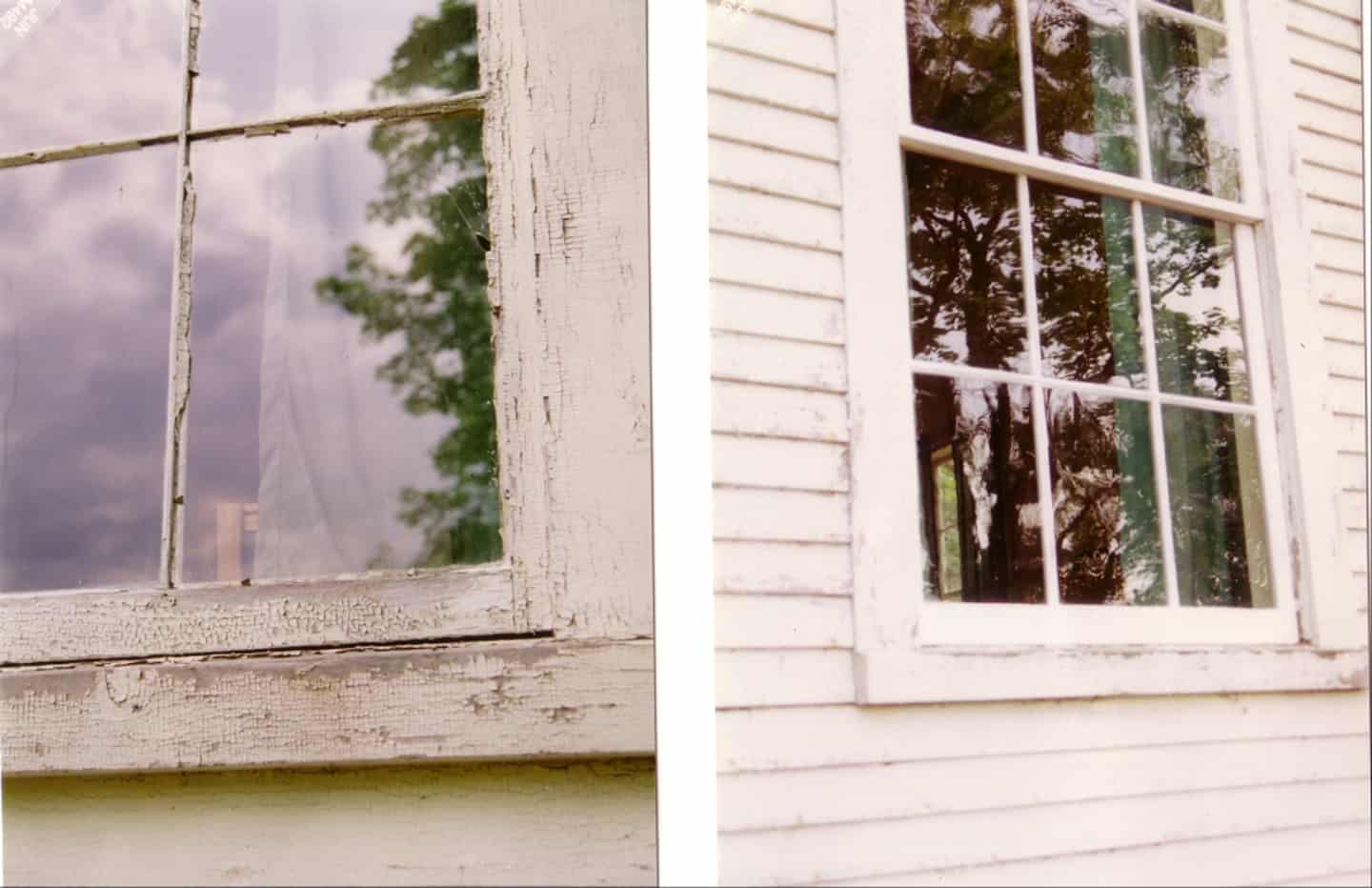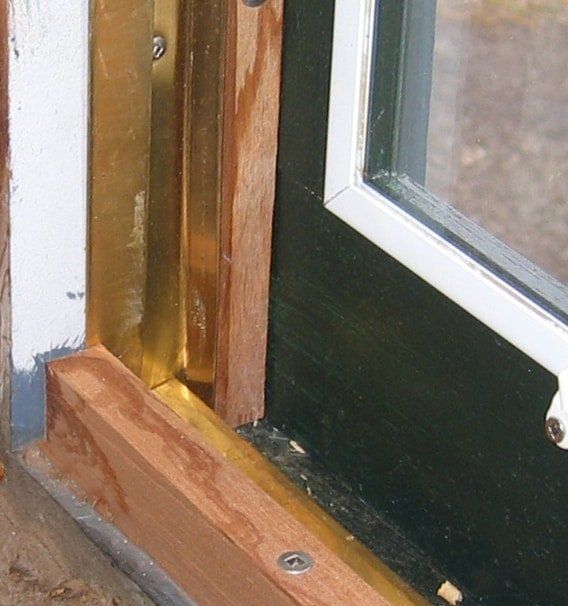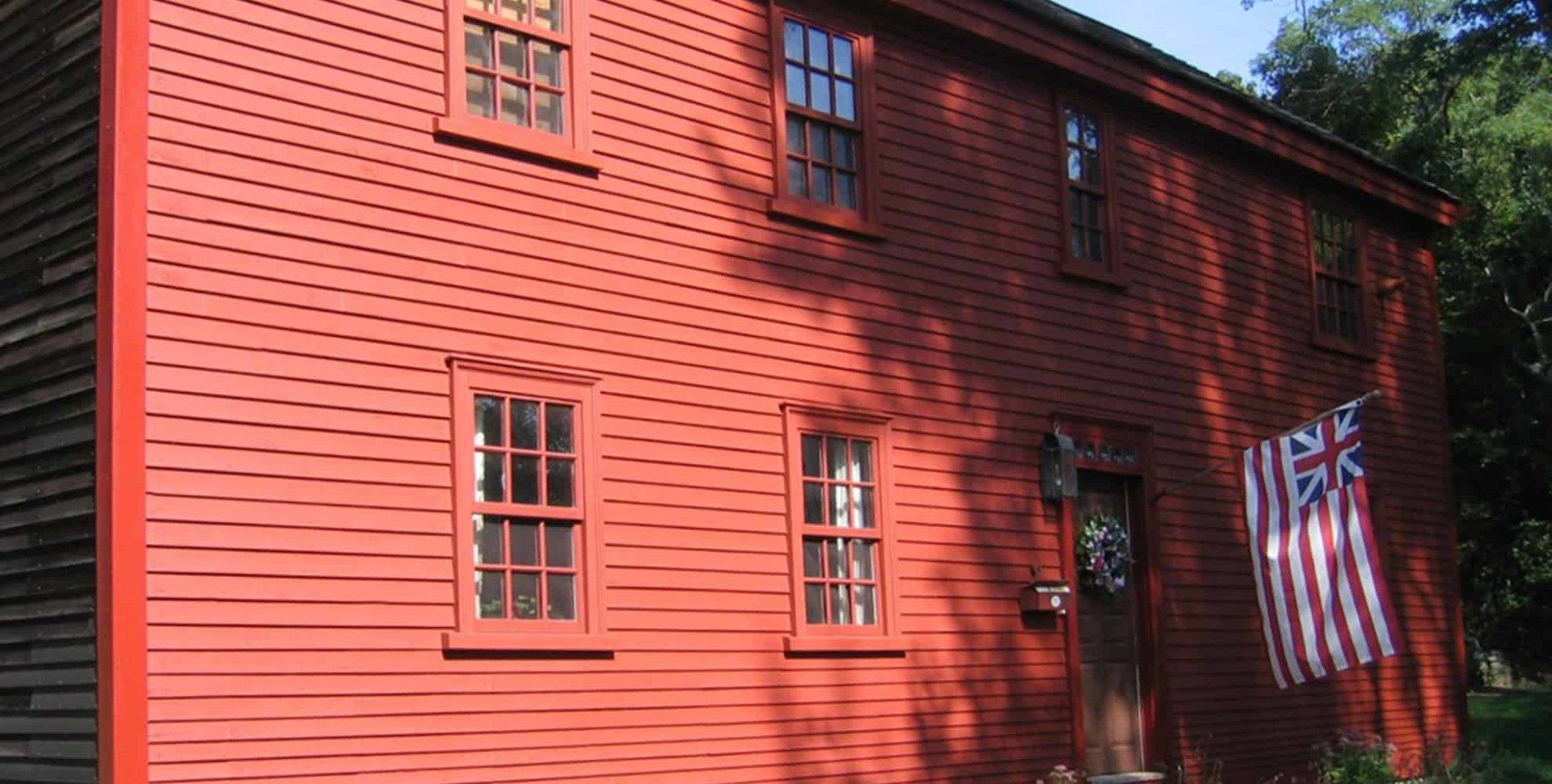When Your Windows Want Attention
- By Bill Starck
- •
- 23 Oct, 2018
- •

The Forest Service guard station at the Spruces in Big Cottonwood Canyon has
stood sturdily for 61 years. But it is due for some repair and restoration. The
windows especially need attention: They let in cold air, have suffered some
damage to the millwork and, in some cases, do not open. When the Forest Service
turned to USHS architect Don Hartley for advice, Don brought in historic
windows craftsman Phil Kearns to help discuss solutions.
What the Forest Service staff learned might help you with your own windows. Here are some answers to common questions:
Replace or Repair?
If possible, repair the window. Keeping original windows helps maintain the
integrity of your historic house, and they are typically more durable than any
replacements you can buy today. You can repair a rope-and-pulley assembly
fairly easily, for instance. But if you must make extensive repairs to the sash
or muntins (dividing bars), you will probably spend less if you buy a complete
new window. The State Historic Preservation Office keeps a list of historic
window manufacturers and contractors.
What kind of new window?
If you must buy new, select windows that match the materials and appearance of
the original as closely as possible. You can have reproductions made and reuse
the old glass. Besides being vital to the integrity of the building,
traditional windows demonstrate a kind of thinking you do not see much anymore:
They are actually repairable and are built to last. If the glass breaks, you
can simply replace the pane. With a modern window, however, you must replace
the whole sash. (That's $20 for glass and glazing putty from the local hardware
store versus $200 for a complete new clad-wood sash with high performance glass
shipped from the manufacturer!)
How can I cut the heat loss?
"The most efficient window is the one that's painted completely
shut," says Phil Kearns. "More heat is lost through air leaks around
the window sash and frames than through the single-pane glass." But, of
course, he does not recommend that option. Storm windows work very well (and
are also historically correct), and they will protect the window from weather
and other damage. Adding weather-stripping?an easy, inexpensive job?will
greatly reduce the infiltration of cold air.
But wouldn't modern, insulated windows be much more
efficient?
Actually, if you want to lower your fuel bills, you should not put money into
replacing windows. To recoup an investment in new windows through lower fuel
bills would take as many as 50 or 60 years! Long before you broke even you
would have to replace the new windows. And long before you would need new
windows, condensation will have formed between the double or triple panes of
glass.
Division of State History architect Don Hartley chose to rehabilitate 21 existing windows in his 1916 house (a combination of double-hung, casement, and fixed "picture" windows) rather than install new replacement windows because the payback was, in his words, "so dismal."
"I received bids averaging around $12,000 for replacing the existing windows with a decent-quality clad-wood window with insulating low-e glass. It cost about $5,000 to refinish and weather-strip my existing windows and install storm windows. The cost difference between replacing and repairing the windows was $7,000."
"I use natural gas for space heating, water heating, and cooking, and my annual gas bill is around $1,000. According to the U.S. Department of Energy, space heating accounts for about 36 percent of residential energy use, or $360 per year in my case.
"Also, according to the Department of Energy, I could reduce my heating costs by about 25 percent by replacing my existing windows with new "energy efficient" windows. With a savings of only $90 per year, it would take more than 77 years to recoup the cost of the new windows.
"By rehabilitating my windows, I saved energy, I saved money, and I maintained an important character-defining feature of my house."
